Celexa Addiction, Withdrawal Symptoms, and Treatment
GET HELP TODAY!
100% Confidentiality Guaranteed
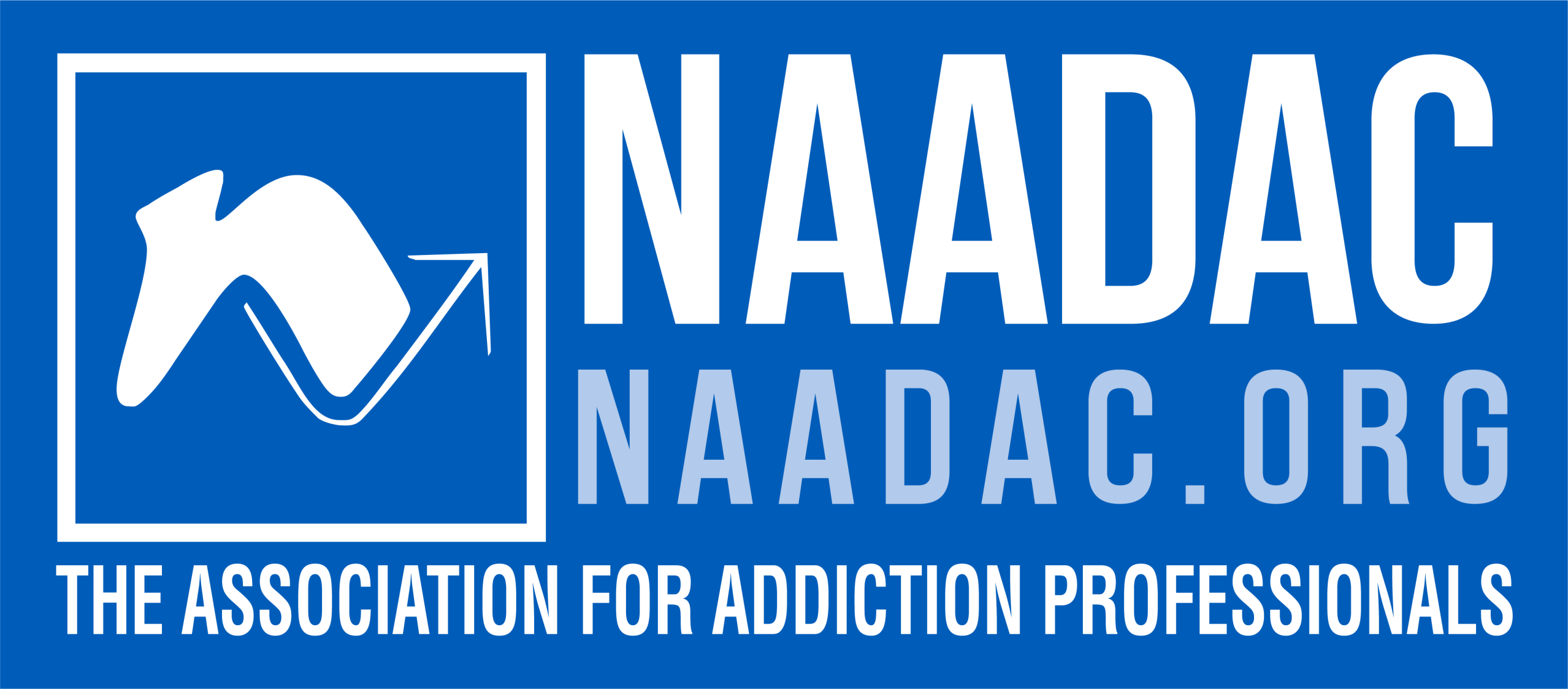
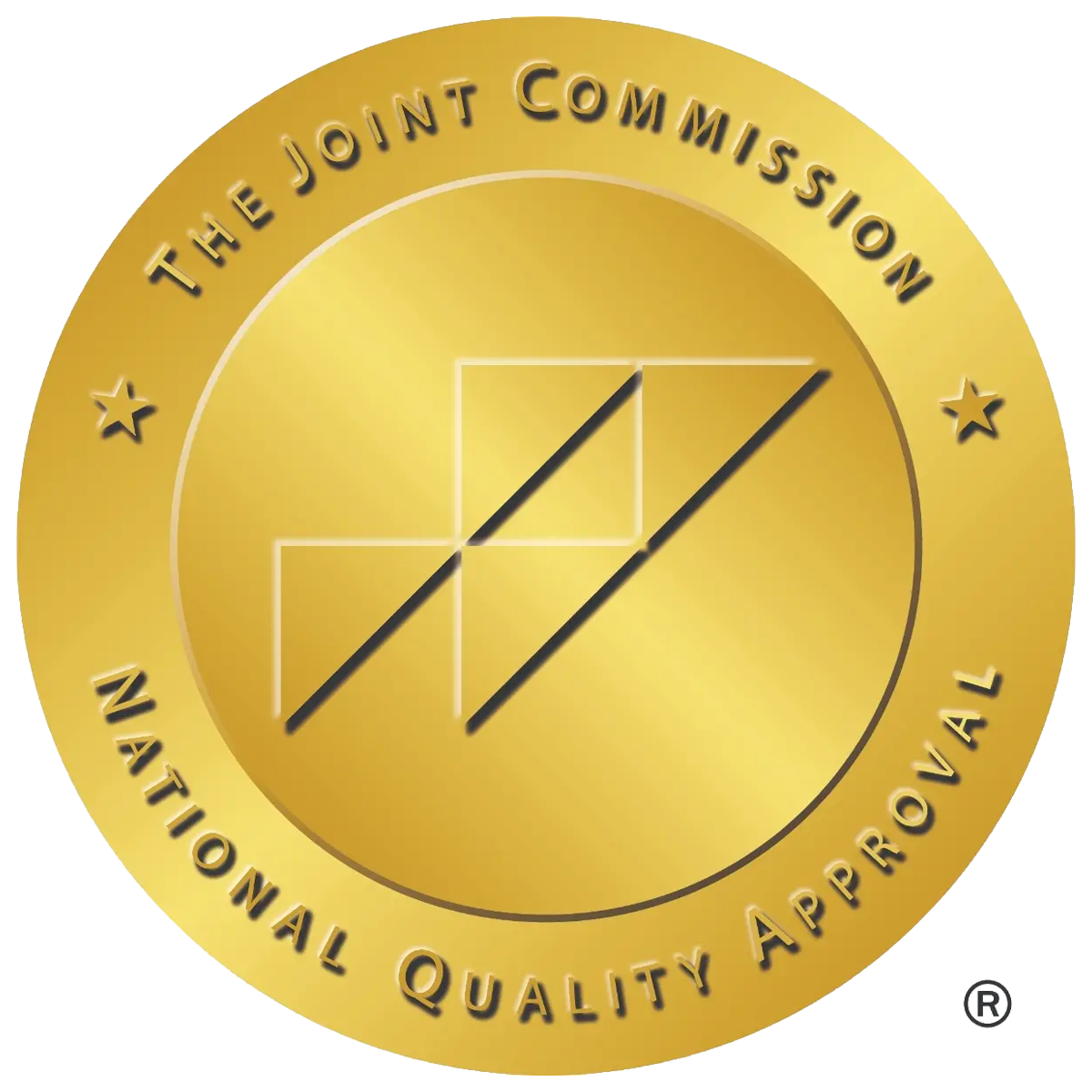
Drug Information
Brand / names: citalopram hydrobromide
Drug class: Antidepressant
About the Author
Site Admin
Celexa At a glance
- What it is: Celexa is the brand name for citalopram, a selective serotonin reuptake inhibitor (SSRI) used to treat depression and other conditions.
- Not addictive: SSRIs aren’t considered addictive in the way alcohol, opioids, or benzodiazepines are. However, stopping suddenly can cause withdrawal (discontinuation) symptoms.
- Half‑life: ~35 hours, which influences when withdrawal may begin and how long it may last.
- Boxed warning & dose ceiling: FDA advises a maximum 40 mg/day because higher doses raise the risk of QT prolongation (abnormal heart rhythm). Some groups (age >60, hepatic impairment, CYP2C19 poor metabolizers, or with certain inhibitors) should not exceed 20 mg/day—your prescriber will decide what’s appropriate.
- Alcohol: Avoid alcohol while taking citalopram; it can worsen side effects and impair judgment.
- Get urgent help for chest pain, fainting, severe dizziness, signs of serotonin syndrome (confusion, fever, tremor, fast heartbeat), or suicidal thoughts. Call 988/911 as appropriate.
What Is Celexa?
Celexa is the brand name for citalopram. Someone uses a selective serotonin reuptake inhibitor (SSRI). Doctors prescribe it to treat depression, anxiety disorders, and panic disorders. Like other antidepressant medications, it works by increasing the availability of serotonin in the brain, which helps regulate mood and emotional stability.
While Celexa is not considered physically addictive, stopping it abruptly can trigger symptoms of withdrawal that may last weeks or months. These symptoms are part of SSRI discontinuation syndrome. They can include mood swings, nausea, dizziness, and emotional issues like anxiety or suicidal thoughts.
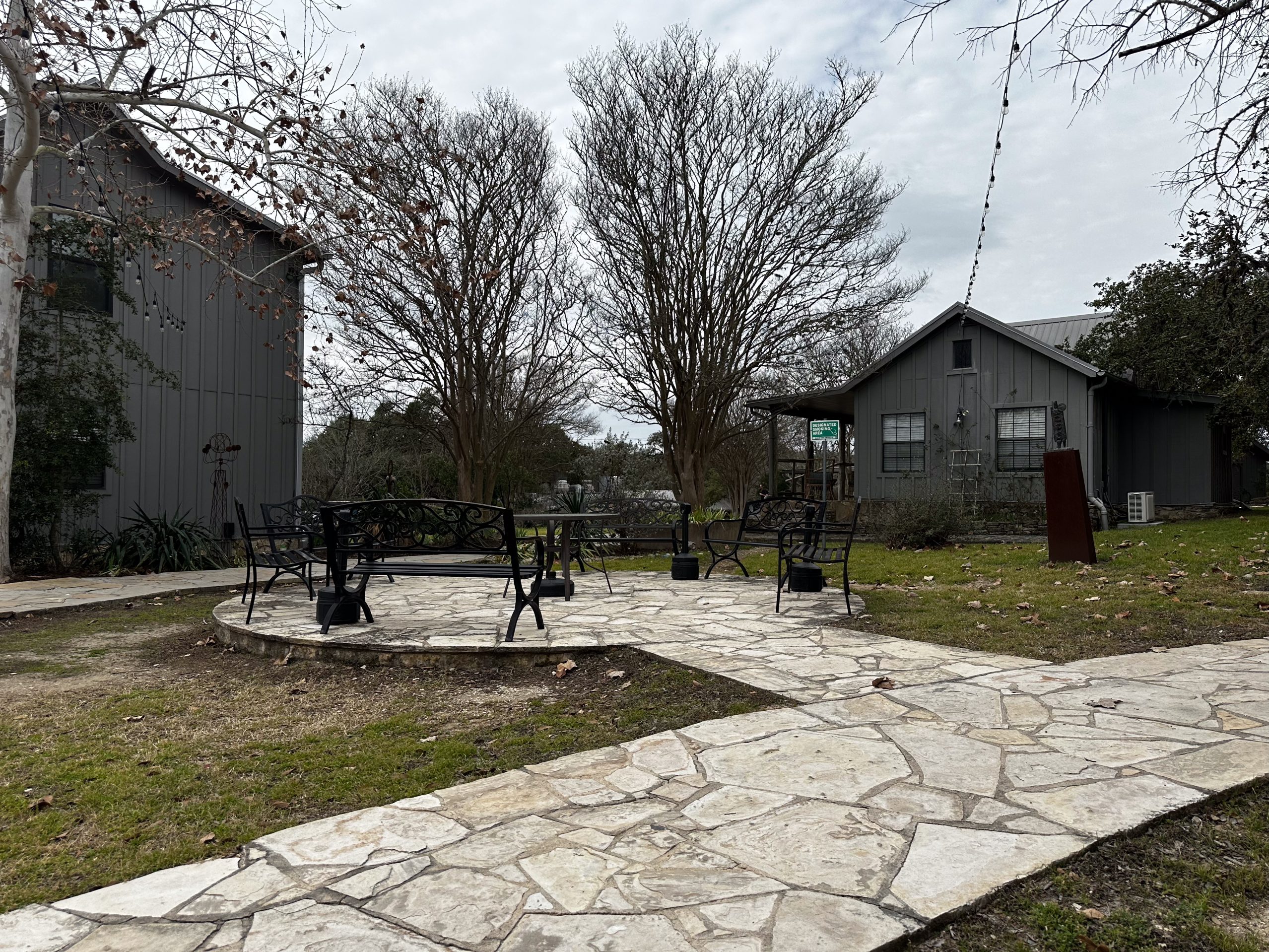

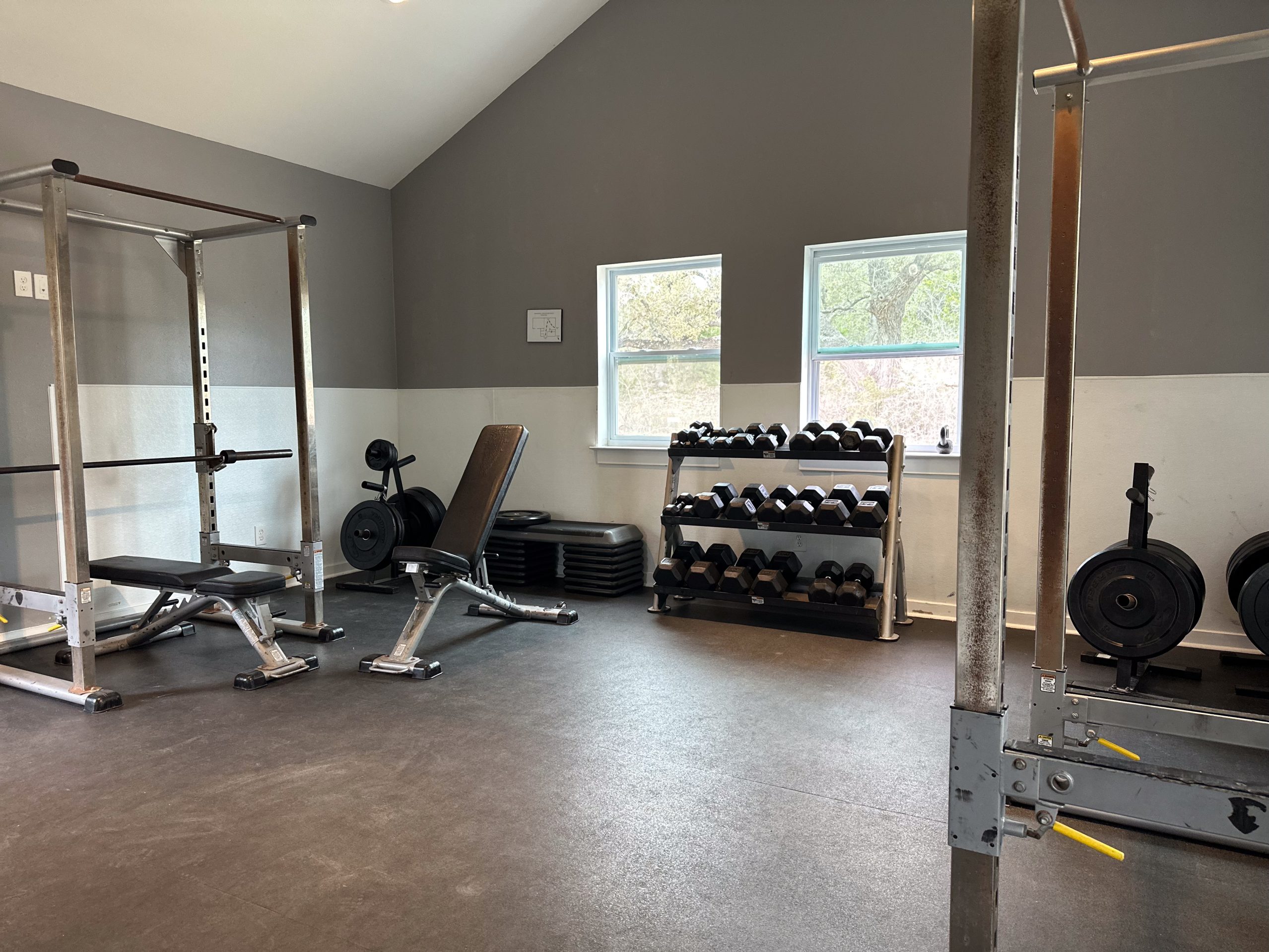

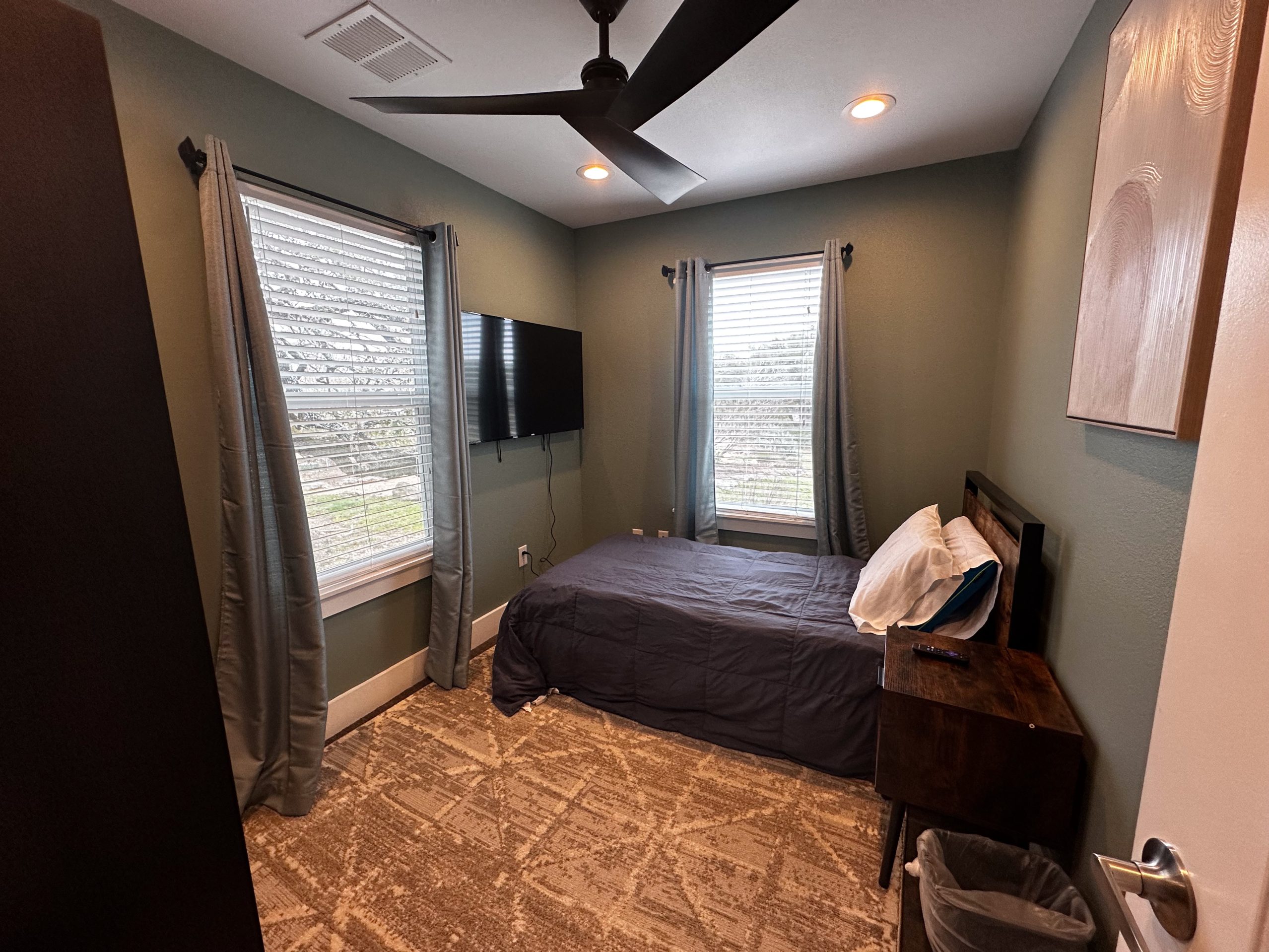

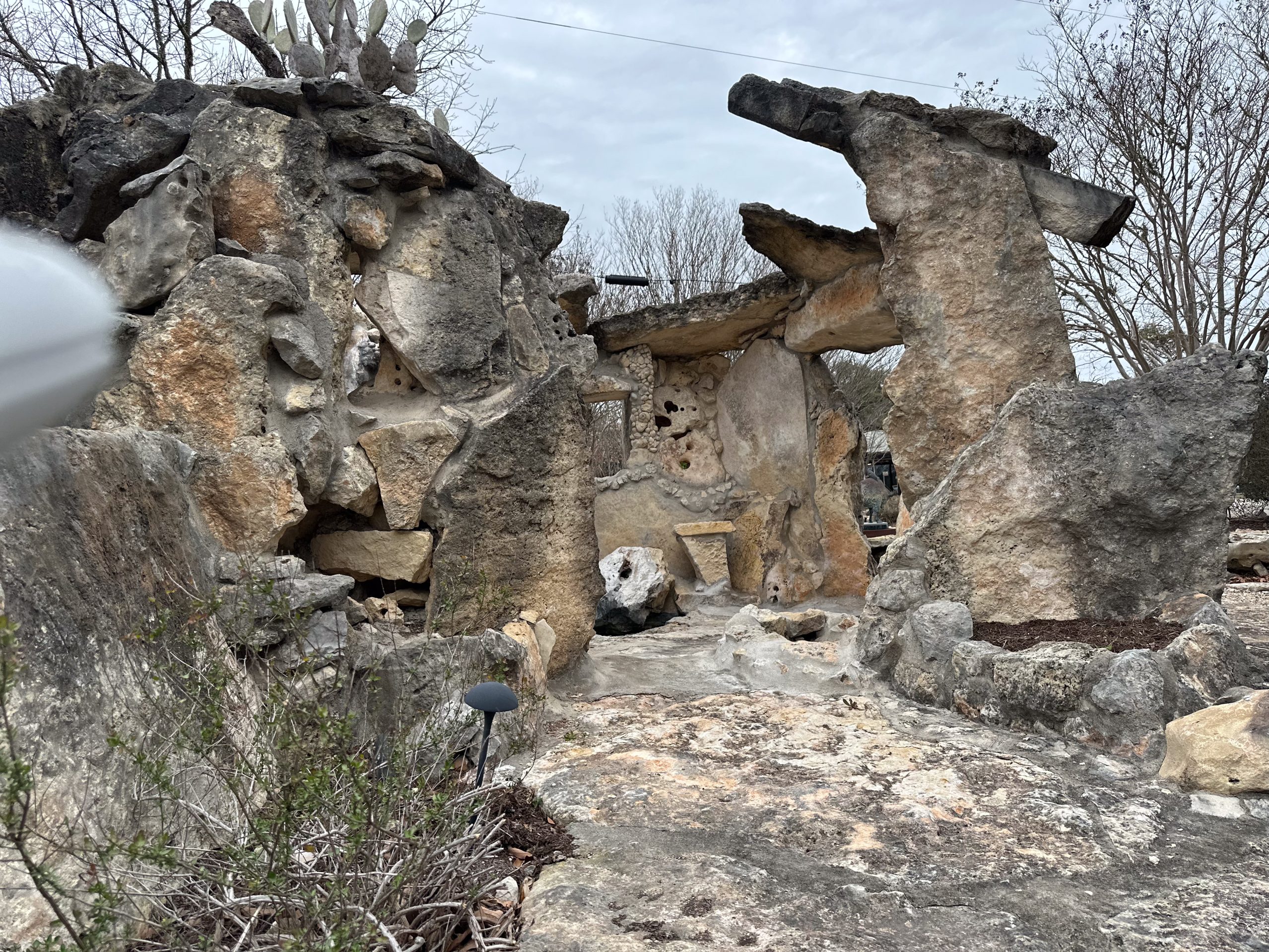



Is Celexa Addictive?
Celexa does not create a euphoric high like drugs or alcohol. However, it can still cause emotional and psychological dependence.
Some users might start to depend on Celexa for daily tasks. This is especially true if they raise their dose without talking to a doctor. When people suddenly stop taking the medication, they may experience symptoms of Celexa withdrawal—which can be severe and unsettling.
Because it’s a commonly prescribed SSRI, people may underestimate the potential complications of misuse or discontinuation. Dependency might not seem like regular drug addiction. However, needing the drug to control your mood can still cause significant problems.
Common Side Effects of Celexa
Short-Term Side Effects
When used or misused, Celexa may cause several side effects, including:
- Insomnia or excessive drowsiness
- Dizziness and nausea
- Body tremors
- Loss of appetite
- Mood swings
- Irritability
- Dry mouth
- Sexual dysfunction
- Suicidal thoughts
Long-Term Use Effects
People taking Celexa for an extended period of time may develop:
- Persistent fatigue
- Headaches
- Weight changes
- Hormonal irregularities
- Muscle or joint discomfort
- Ongoing emotional numbness
These issues can become worse if Celexa is misused or mixed with other serotonin reuptake inhibitors (SSRIs) or medications without professional oversight.
Interactions & what to avoid
- Do not combine with MAOIs, linezolid, methylene blue, or pimozide. Risk of serious reactions/arrhythmias.
- Use caution (prescriber guidance only) with triptans, tramadol, lithium, St John’s Wort, or other serotonergicmedicines (serotonin syndrome risk).
- Increased bleeding risk with NSAIDs/aspirin/warfarin—your clinician will advise.
- QT‑prolonging drugs (certain antiarrhythmics, antipsychotics, antibiotics): prescribers typically avoid or monitor closely.
- Alcohol: not recommended while taking citalopram.
- Grapefruit: routine avoidance is not clearly required for citalopram; ask your prescriber if you have questions.
Celexa and alcohol
Alcohol can magnify central nervous system side effects (drowsiness, slowed reaction time) and impair judgment. FDA and major references advise not drinking alcohol while on citalopram. If alcohol use has become hard to control, ask for help—support is available.
Pregnancy & breastfeeding
Stopping or continuing antidepressants during pregnancy involves weighing risks and benefits with your obstetric and mental health clinicians. Do not stop suddenly; discuss a plan tailored to you.
Celexa Withdrawal Symptoms
If someone tries to stop taking Celexa without tapering, they may experience intense Celexa withdrawal symptoms. These include:
- Nausea and vomiting
- Mood swings and agitation
- Physical symptoms such as chills, headaches, and “brain zaps”
- Anxiety and panic attacks
- Symptoms of depression
- Disrupted sleep
- Flu-like discomfort
This array of symptoms is why professional addiction treatment is essential. At a drug rehab center, either inpatient or outpatient, safe tapering can help. It also helps manage symptoms. This makes the transition easier.
Celexa Withdrawal Timeline
Celexa’s half-life is around 35 hours, meaning withdrawal doesn’t begin immediately. Here is a typical Celexa withdrawal timeline:
- Days 1–5: Initial symptoms like dizziness, insomnia, and anxiety begin.
- Week 1–2: Symptoms peak; emotional and physical distress is most severe.
- Weeks 2–4: Some symptoms improve, but fatigue and headaches may linger.
- Weeks 4–8: Physical symptoms decline, but emotional symptoms may persist.
- Months 2–3 (or more): For long-term users or those who quit suddenly, some effects may last longer and require ongoing care.
Why taper instead of stopping suddenly?
Gradual tapering—reducing the dose over weeks to months—helps lower the risk and severity of discontinuation symptoms. National guidance emphasizes tapering speed and duration should be individualized and agreed upon with your clinician.
Important: This page is informational only and not medical advice. Do not change your dose without your prescriber’s guidance.
More Time. More Joy. More You. Start Now.
WE ACCEPT MOST INSURANCES







When to get urgent help
Call 911 (or your local emergency number) for chest pain, fainting, severe agitation, suicidal thoughts, or signs of serotonin syndrome (confusion, fever, tremor, fast heartbeat). You can also call/text 988 for immediate mental‑health support.
Get Support for Celexa Withdrawal and Recovery
Although doctors do not classify Celexa as physically addictive, stopping it without help can lead to serious withdrawal symptoms. If you or someone you value is struggling, it’s important to look into addiction treatment options. These options should address both medication use and any mental health issues involved.
If you’re struggling to stop safely, mixing alcohol or other substances with your prescription, or coping with co‑occurring depression or anxiety, we can help coordinate medically supervised detox care with your prescriber and provide evidence‑based therapy and peer support through inpatient alcohol rehab, outpatient alcohol rehab, and sober‑living options in Austin and across Texas. Same‑day admissions may be available.
With support from a treatment program, you can rebuild a life free from emotional dependence. Whether through inpatient or outpatient rehab programs, lasting recovery is possible—with the right help, plan, and support.
Freedom Starts Here. Take Back Your Life Today.
Same-Day Admissions in Austin Available.
Celexa Frequently asked questions
Does Celexa make you sleepy?
Yes, Celexa may cause drowsiness in some people. Others may experience insomnia instead. Taking the medication at the same time each day, usually in the morning or evening as directed, may help manage this effect.
Which is better, Celexa or Zoloft?
Both Celexa and Zoloft (sertraline) are SSRIs used for depression and anxiety. Zoloft is often preferred for anxiety disorders, while Celexa may be effective for depression. Effectiveness depends on personal response and side effect tolerance.
What is the closest drug to Celexa?
The closest drug to Celexa is Lexapro (escitalopram), as it is derived from Celexa. Other SSRIs, such as Prozac (fluoxetine) and Zoloft (sertraline), are also similar in how they work.
What should you avoid on Celexa?
While taking Celexa, you should avoid:
- Alcohol, as it can worsen drowsiness
- Grapefruit products, which may interfere with metabolism
- Other serotonin-boosting medications without medical supervision, due to risk of serotonin syndrome
How long is it safe to be on Celexa?
Many people can safely take Celexa for months or years under medical supervision. Regular check-ins with a doctor are important to monitor effectiveness and side effects.
Is Celexa a high risk medication?
Celexa is generally safe when taken as prescribed. However, it carries some risks, including heart rhythm disturbances (QT prolongation) at higher doses, especially in older adults or those with heart conditions. Doctors usually prescribe the lowest effective dose to minimize risks.
Is Celexa addictive?
No. Antidepressants aren’t considered addictive, but stopping too quickly can cause discontinuation symptoms (see above).
How long does Celexa stay in your system?
The half‑life is ~35 hours; most of the drug clears in about a week, with individual differences.
Can I drink alcohol while taking Celexa?
It’s not recommended due to increased side effects and impaired judgment.
What are the most common side effects?
Nausea, dry mouth, sleep changes, sweating, tremor, diarrhea, and sexual side effects.
What’s the maximum dose?
40 mg/day for adults; some groups should not exceed 20 mg/day. Your prescriber decides based on your risks.
What should I avoid while on Celexa?
MAOIs, certain antibiotics/antipsychotics/antiarrhythmics that prolong QT, and combining with serotonergic agents without medical oversight. Avoid alcohol. Ask your prescriber about your full medication list.
Do I have to avoid grapefruit?
A significant grapefruit interaction with citalopram is considered unlikely; ask your prescriber about your diet.
What does Celexa do for a person?
Celexa (citalopram) is an SSRI antidepressant that works by increasing serotonin levels in the brain. This helps improve mood, reduce anxiety, and ease symptoms of depression.
Are Celexa and Xanax the same thing?
No, Celexa and Xanax are different medications. Celexa is an SSRI used for long-term treatment of depression and anxiety. Xanax (alprazolam) is a benzodiazepine used for short-term relief of acute anxiety or panic attacks. They work in different ways.
What is the biggest side effect of Celexa?
The most common side effect of Celexa is drowsiness or fatigue. Other side effects may include nausea, dry mouth, sweating, and changes in appetite. In rare cases, Celexa may increase the risk of heart rhythm problems.
Can Celexa cause diarrhea?
Yes, Celexa can cause digestive side effects, including diarrhea, nausea, or upset stomach. These symptoms often improve after the first few weeks of treatment.
How do people feel on Celexa?
Many people report feeling calmer, more stable, and less anxious after taking Celexa consistently. However, full effects may take 4 to 6 weeks, and some individuals may experience mild side effects during the adjustment period.
Is Lexapro better than Celexa?
Lexapro (escitalopram) and Celexa are very similar, as Lexapro is a refined version of Celexa. Some studies suggest Lexapro may cause fewer side effects and may be slightly more effective, but the choice depends on the individual and their response to treatment.
Sources
- Cleveland Clinic. “Antidepressant Discontinuation Syndrome.” Cleveland Clinic, 2023, my.clevelandclinic.org/health/diseases/25218-antidepressant-discontinuation-syndrome.
- Drugs.com. “Citalopram Side Effects.” Drugs.com, 2024, www.drugs.com/sfx/citalopram-side-effects.html
- Food and Drug Administration. Celexa (Citalopram Hydrobromide) Tablets and Oral Solution: Prescribing Information. Revised Mar. 2022, www.accessdata.fda.gov/drugsatfda_docs/label/2022/020822s041lbl.pdf
- Mayo Clinic. “Citalopram (Oral Route).” Mayo Clinic, 1 Aug. 2023, www.mayoclinic.org/drugs-supplements/citalopram-oral-route/description/drg-20062980
- Medical News Today. “Citalopram Withdrawal: What to Expect.” Medical News Today, 2023, www.medicalnewstoday.com/articles/citalopram-withdrawal
- MedlinePlus. “Citalopram.” MedlinePlus, U.S. National Library of Medicine, 15 Jan. 2024, medlineplus.gov/druginfo/meds/a699001.html.
- National Health Service (NHS). “Side Effects of Citalopram.” NHS.uk, 2023, www.nhs.uk/medicines/citalopram/side-effects
- National Institute on Alcohol Abuse and Alcoholism (NIAAA). “Alcohol-Medication Interactions: Potentially Dangerous Mixes.” NIAAA, 2021, www.niaaa.nih.gov/publications/brochures-and-fact-sheets/alcohol-medication-interactions
- National Institute for Health and Care Excellence (NICE). “Depression in Adults: Treatment and Management.” NICE Guidelines [NG222], 29 June 2022, www.nice.org.uk/guidance/ng222
- Royal College of Psychiatrists. “Stopping Antidepressants.” RCPsych, 2022, www.rcpsych.ac.uk/mental-health/treatments-and-wellbeing/stopping-antidepressants
- StatPearls. Zolezzi, Monica, et al. “Citalopram.” StatPearls [Internet]. StatPearls Publishing, 2024, www.ncbi.nlm.nih.gov/books/NBK482222
- Verywell Mind. Gillihan, Seth, PhD. “Celexa Withdrawal: Symptoms, Timeline, and Treatment.” Verywell Mind, 25 July 2023, www.verywellmind.com/celexa-withdrawal-symptoms-timeline-treatment-4173625
Other Outpatient Drug and Alcohol Rehab Locations
Medical Disclaimer
The information on this page is provided for educational purposes only and should not be used as a substitute for professional medical advice, diagnosis, or treatment. Celexa (citalopram) and other prescription medications must only be taken under the guidance of a licensed healthcare provider. Do not begin, adjust, or stop your medication without consulting your doctor. If you experience severe side effects, withdrawal symptoms, or thoughts of self-harm, call 911 in the United States or seek emergency medical care immediately. For free, confidential support with mental health concerns, you can call or text 988 to connect with the Suicide & Crisis Lifeline, available 24/7.
Nova Recovery Center Editorial Guidelines
By instituting a policy, we create a standardized approach to how we create, verify, and distribute all content and resources we produce. An editorial policy helps us ensure that any material our writing and clinical team create, both online and in print, meets or exceeds our standards of integrity and accuracy. Our goal is to demonstrate our commitment to education and patient support by creating valuable resources within our realm of expertise, verifying them for accuracy, and providing relevant, respectful, and insightful data to our clients and families.

